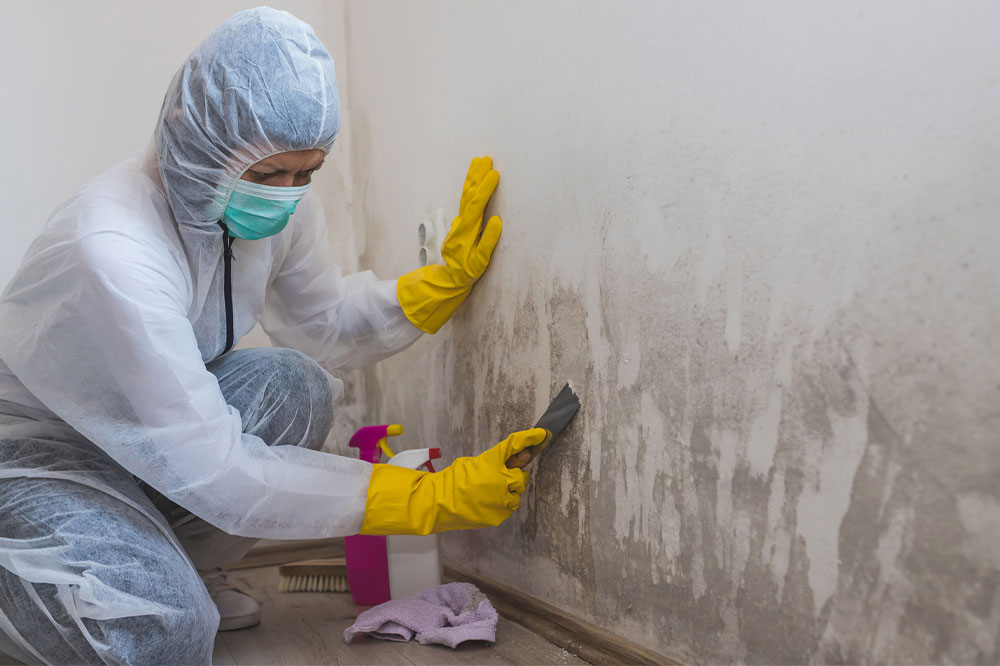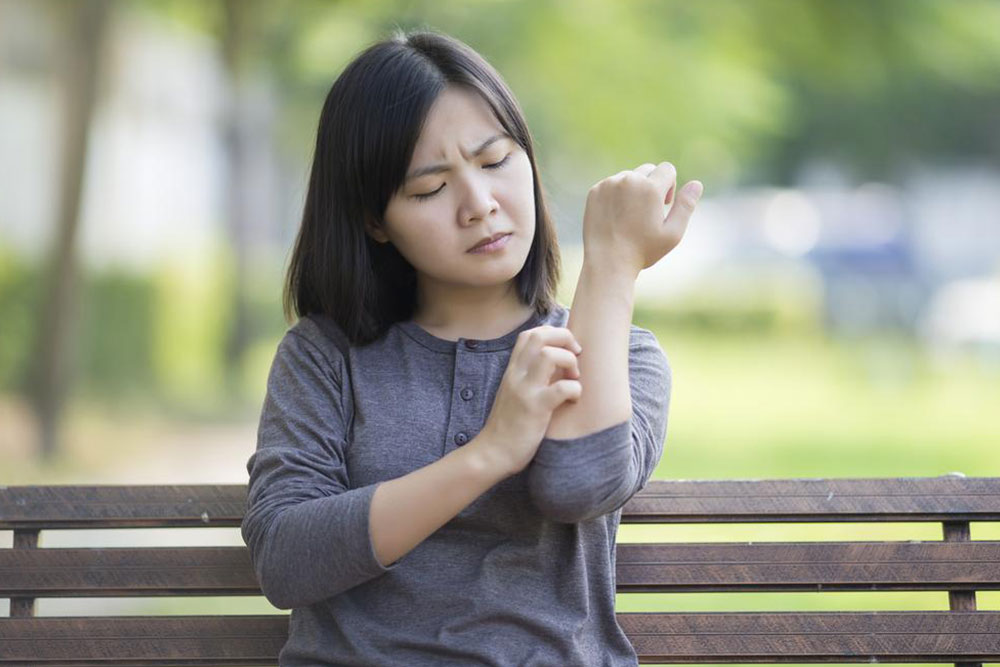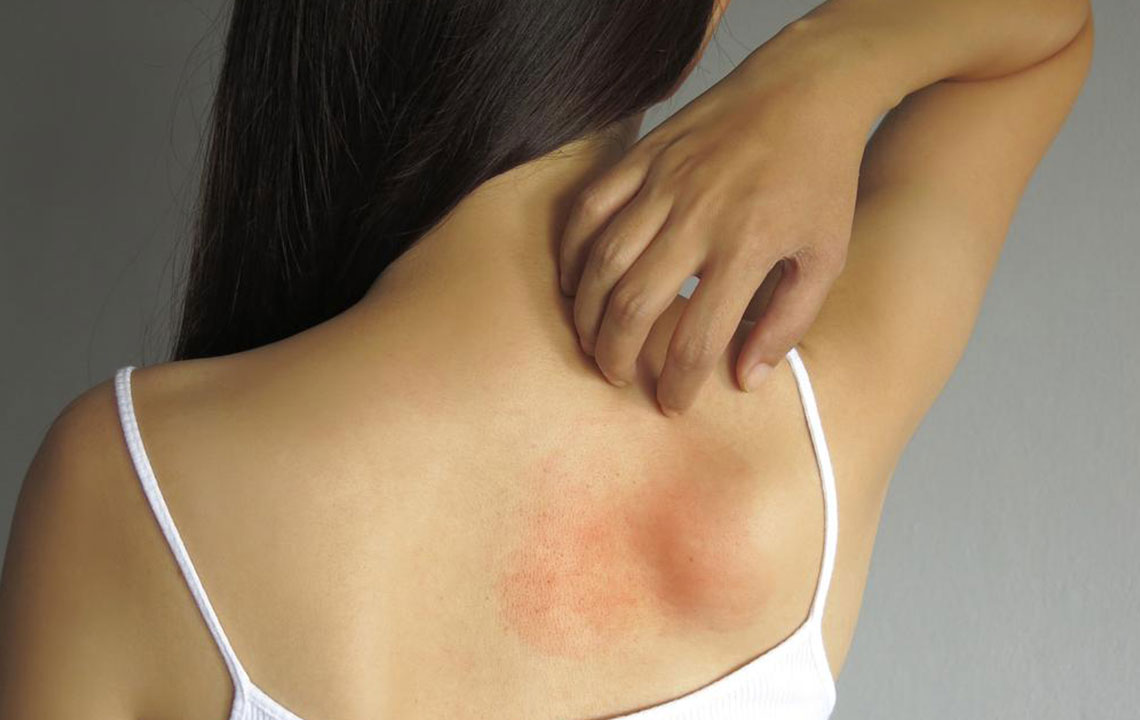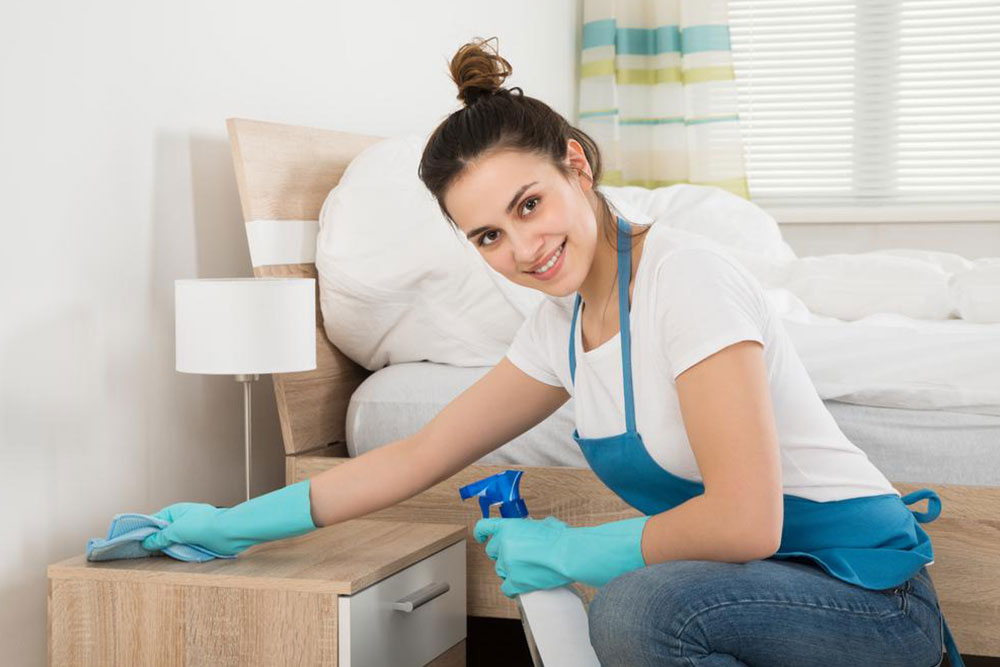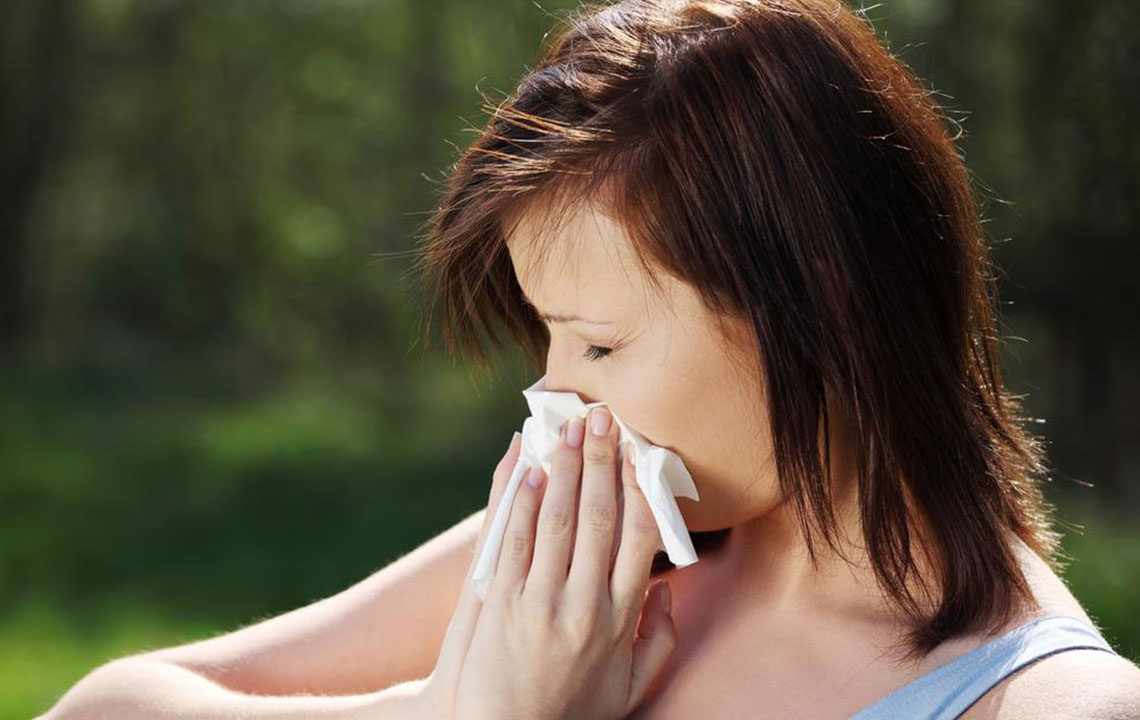Comprehensive Guide to Managing and Preventing Black Mold in Your Home
This comprehensive guide explores effective methods for managing black mold exposure and prevention. It covers signs of mold presence, natural remedies, DIY removal techniques, and proactive prevention strategies. Prioritizing early detection and proper cleaning can significantly reduce health risks associated with black mold, making your home a safer environment. Whether dealing with minor mold issues or preventing future infestations, this article provides valuable tips for homeowners to maintain a mold-free and healthy living space.

Essential Strategies for Addressing Black Mold Issues and Safeguarding Your Health
Have you recently observed dark, stubborn patches on your walls, ceilings, or carpets after periods of heavy rain or high humidity? These could be signs of black mold, a common indoor fungus that thrives in moist environments. Black mold, scientifically known as Stachybotrys chartarum, is notorious for its dark greenish-black appearance and its ability to grow rapidly on damp surfaces like drywall, wood, carpets, and bathroom tiles. Its presence in homes and workplaces is a significant concern because of the potential health risks associated with mold exposure.
Molds are fungi that reproduce by releasing tiny spores into the air, which can settle on surfaces and grow if conditions remain humid and poorly ventilated. Virtually every dwelling can harbor some mold, especially if maintenance is neglected or if water leaks go unnoticed. While small amounts of mold are common, an infestation that becomes visible or releases large spores can pose serious health concerns.
Exposure to black mold can trigger a variety of health issues, especially in sensitive populations such as children, elderly individuals, or those with pre-existing respiratory conditions. Recognizing the symptoms early and taking appropriate action is key to minimizing health impacts.
Signs that may indicate black mold exposure include:
Chronic cough that persists despite treatment
Frequent episodes of sneezing and nasal congestion
Watery or itchy eyes
Skin irritation or rashes
Worsening symptoms of asthma or respiratory difficulty
Natural methods to support your immune system against mold exposure:
Maintain optimal indoor humidity levels below 50% using dehumidifiers.
Utilize HEPA air purifiers to effectively remove mold spores from the air.
Avoid foods that can promote mold growth in your body, such as sugar, dairy products, bread, and alcohol.
Eat antibacterial foods like ginger, garlic, and turmeric to bolster your immune defenses.
If symptoms persist or intensify, it is advisable to consult an allergist or healthcare professional for proper diagnosis and treatment.
DIY Tips for Mold Removal:
Small areas of mold can often be cleaned at home with household cleaning supplies. To do this safely and effectively, always wear protective equipment—such as coveralls, gloves, safety glasses, and a respirator mask—to prevent spores from entering your respiratory system. Prior to cleaning, cover nearby furniture and belongings with plastic sheeting to protect them from contamination.
Use a mixture of bleach and water (1 part bleach to 10 parts water), or specialized mold cleaning products, combined with scrubbing tools like brushes or scrapers to remove mold from surfaces. For carpet mold, vacuum carefully with a HEPA-filter vacuum. If the infestation is extensive or stubborn, hiring professional mold remediation services is recommended to ensure complete removal and to prevent recurrence.
Proactive Mold Prevention Techniques:
Preventing black mold growth is essential for maintaining a healthy indoor environment. While eliminating all mold is challenging, several strategies can significantly reduce its development:
Regularly inspect and repair leaks in plumbing, roofs, and windows promptly to prevent water accumulation.
Keep indoor walls, floors, and ceilings dry and clean, especially in high-humidity areas like bathrooms and basements.
Use dehumidifiers in humid weather to control moisture levels effectively.
Install air purifiers equipped with HEPA filters to improve air quality and reduce mold spores.
Ensure your home is well-ventilated, especially during activities that generate moisture, such as cooking and showering.
Early detection and removal of mold can significantly lower health risks associated with mold exposure. Implementing these preventive measures helps create a safe, healthy living environment for everyone.
Maintaining a mold-free home not only preserves your property but also protects your health. Staying vigilant, practicing good moisture control, and seeking professional help when needed are vital steps in managing black mold issues effectively.
